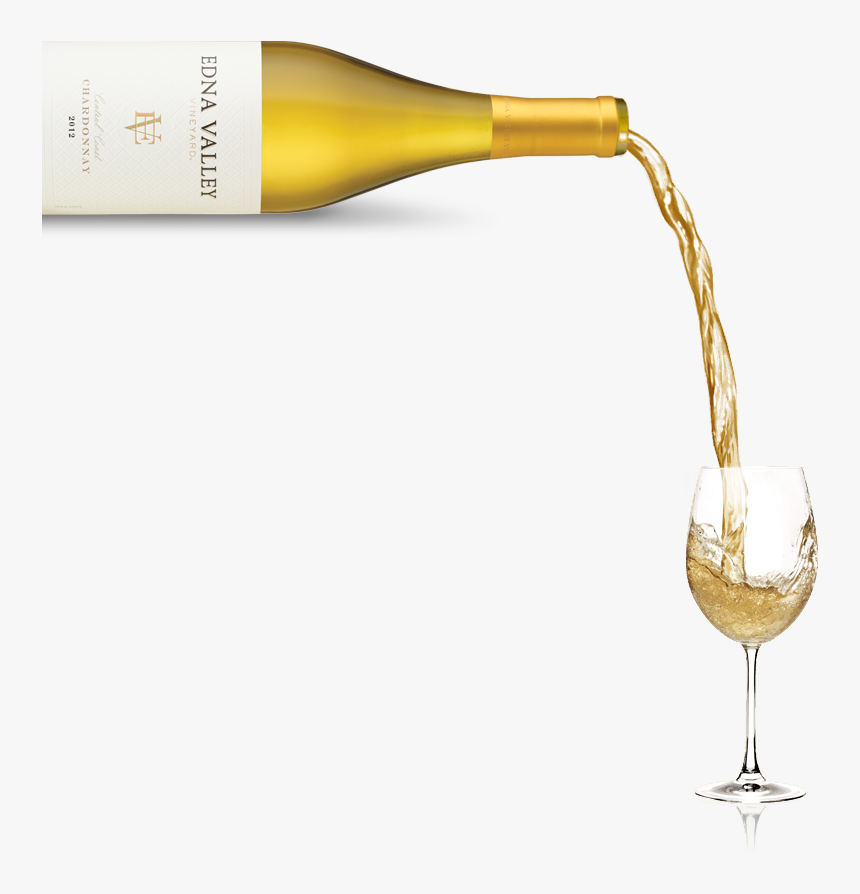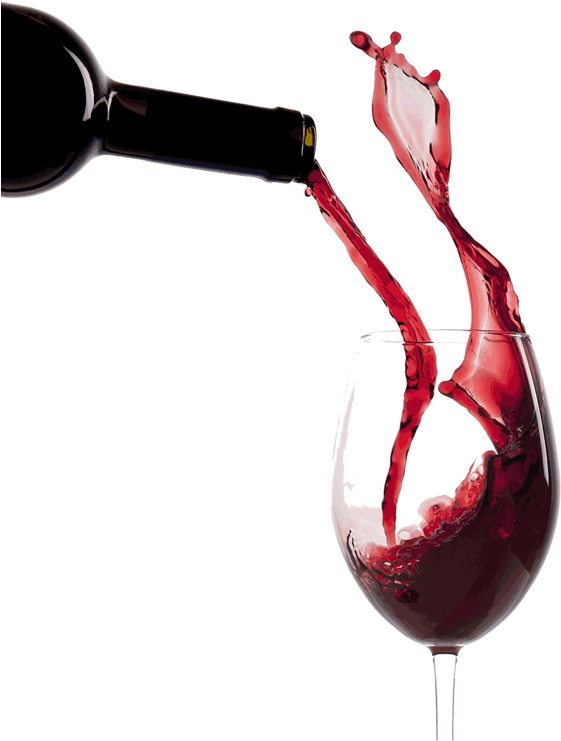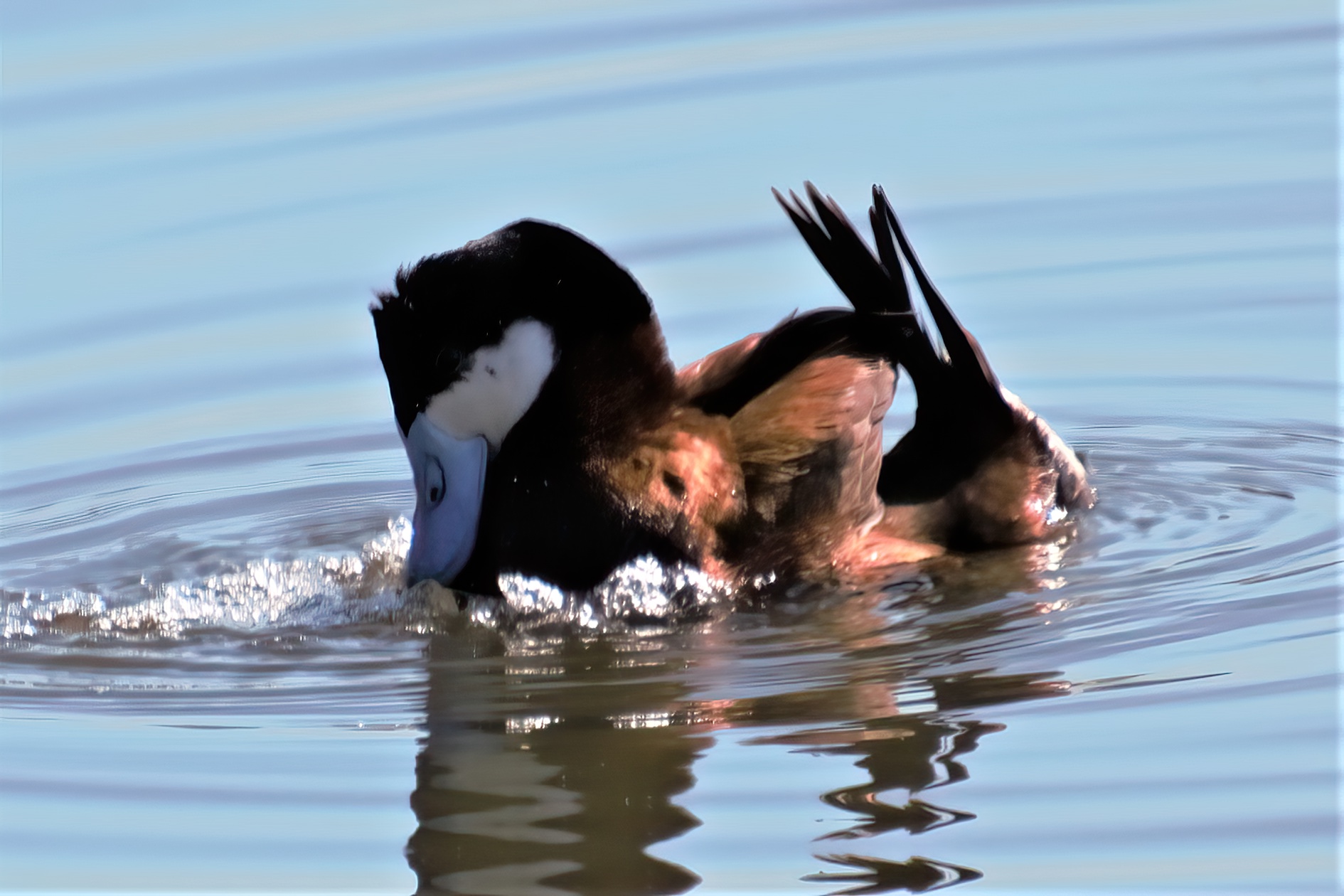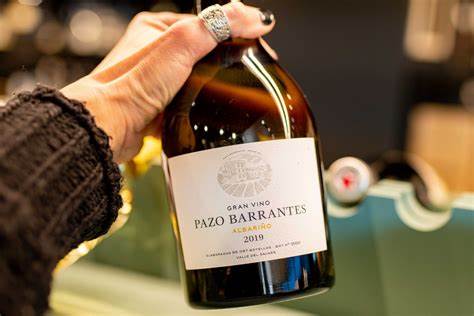I attended one of those snooty wine tasting events recently, and had a rare opportunity to sample an Amarone. For those not in the know, Amarone is often considered the godfather of Italian wines, and most certainly has a price to match.
Amarone is not a type of grape, but rather a style of wine made from the Corvina and Rondinella grapes, grown in a particular area just a bit north of the Italian town of Verona, which is well known to all college students who read Romeo and Juliet.
Unlike most wines, Amarone is made by picking clusters of grapes from the vines, then laying them on straw mats or special drying kilns for up to 120 days to dry the grapes to a shriveled raisinlike form.
When around 60% of the water has been evaporated from the grapes, the winemaker then proceeds with the regular process of crushing and fermenting.
In some ways, the drying of the grapes prior to crushing is the warm-weather equivalent of how countries like Germany and Canada make ice wine. In both cases, removing the majority of the water from the grapes means that the fermentation process is started with a much richer and thicker nectar-like drop of concentrated liquid from each grape.
However, unlike ice wine, which is typically very sweet, all the residual sugar in an Amarone is consumed by the yeast, resulting in a very dry wine. In fact, the word Amarone is Italian for The Great Bitter.
It is thought that the first Amarone was created by accident, by a winemaker who forgot about a barrel of sweet dessert wine, and came back months later to find that the yeast in the barrel had consumed all the residual sugar, resulting in a more dry and bitter wine. The results were quite pleasant, and a new style of wine was born that very day.
The flavour of an Amarone can be a bit overwhelming, in no small part due to the higher alcohol content, which is rarely less than 15% ABV. Expect a full and lush mouth feel, with more tannic structure than most wines.
Because of the full flavour, Amarone is best paired with a strong aged cheese, or maybe a braised lamb shank. Mild foods would taste washed out when paired with such a wine, so Amarone is definitely not for pairing with chicken or salad.
Amarone is a very difficult and labour-intensive wine to make, as the long drying period for the grapes presents many opportunities for spoilage or faults to develop in the wine. Unsurprisingly, the extra effort by the winemaker contributes to the high price. Expect to pay at least $50 for a bottle at your local well-stocked liquor store, and usually much closer to $100.
For those who prefer a less expensive tipple, Amarone has a little brother named Ripasso with a much more reasonable price.
Wines made in the Valpolicella Ripasso method start with the crushed grapes that have already been used to make Amarone.
Rather than throw out the used grape skins, they are re-fermented with fresh grapes, which results in a wine that is more flavourful and full-bodied than a traditional Valpolicella, but less intense (and much less expensive) than an Amarone.
To give you an idea of the price difference, you can generally buy five bottles of Ripasso for the price of one bottle of Amarone.
Masi is the most famous Italian winery to produce the wines made in the Ripasso style, and the Masi Campofiorin Ripasso is widely available in Alberta for under $25.
This is a wine that I pick up on a regular basis, and is an excellent value for the price. Not quite as complex or tannic as an Amarone, but the re-fermentation of the used skins from the Amarone production adds hints of bitter cherries and cooked fruit to the mouth feel, and maybe even a slight nuttiness to the finish.
So, if you can’t justify the price of an Amarone, ask your local booze merchant for a bottle of Ripasso, and enjoy a wine almost as good, but for a much more reasonable price.








Pretty sure Leo, the brother of this winery, just came to do a wine training with us. Murrietas Calgary, Alberta, Canada. The reps, are amazing people! Need to try this wine none the less.
Cam McQ is Awsome, passionate for wines 1000% You can tell.,
Good content.
Shane Myres